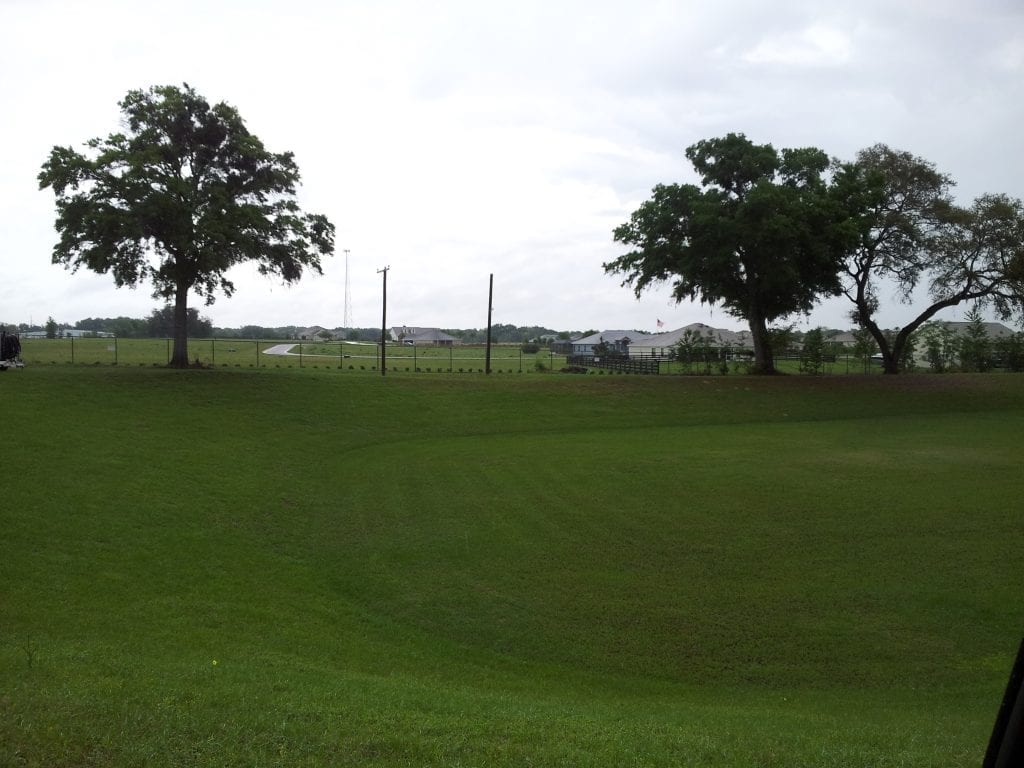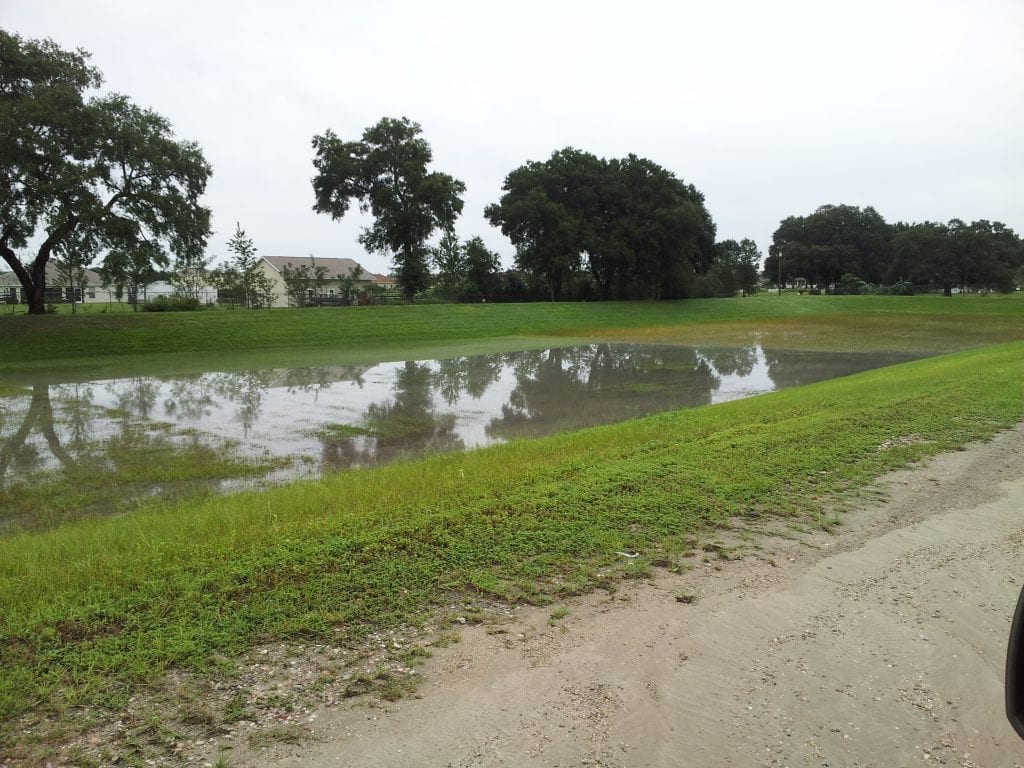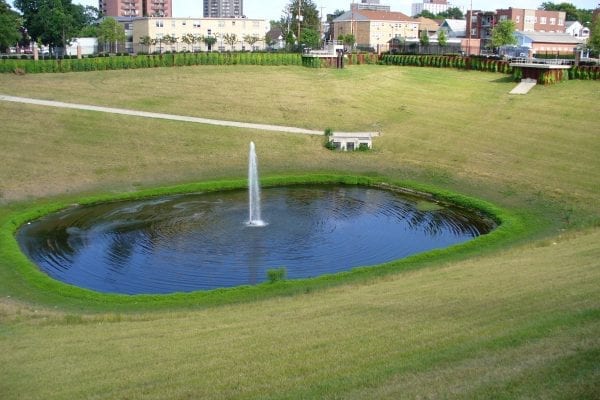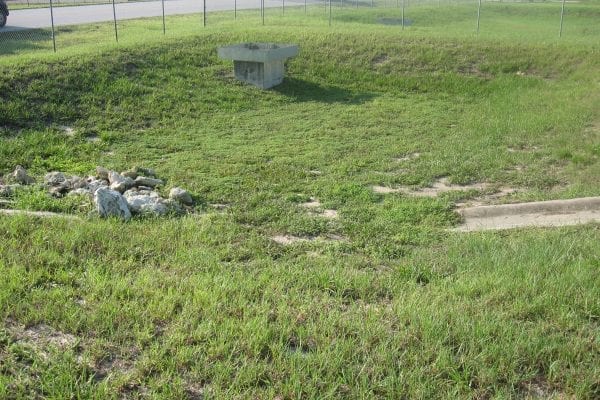I frequently get calls from property managers and owners who have received an unexpected, and confusing, inspection report letter from their municipality, or Water Management District (WMD). These usually come from the respective regulatory department responsible for water management, and may talk about an “inspection report” that is required as a condition of their permit.
Many owners and managers ignore the first warning because they don’t know what it is or what to do about it. Others worry that it means that they are out of compliance on some issue.
If your letter sounds something like the one below, and it comes from a Water Management District, it’s most likely in regard to your stormwater system.
A condition of your permit requires that you submit an inspection report to the District in accordance with a specific schedule. This inspection report is due on May 06, 2016. This letter was generated to remind you of this requirement in sufficient time for you to complete the inspection and submit the report to the District by the due date.
Inspection reports provide assurance to the District that the surface water management system is properly operated and maintained. The inspection report must include the District form “Statement of Inspection for Proper Operation and Maintenance” available at http://www.swfwmd.state.fl.us/files/database/site_file_set/18/04.10R-023.pdf. The form must be certified by a Florida registered Professional Engineer.
Information can be submitted online using eCompliance by visiting the District’s Environmental Resource Permitting System in ePermitting located on the District’s website at http://WaterMatters.org/LogInERP. If you do not have an account you can sign up by clicking the “Register Now” button.
In most cases, compliance with the letter is a simple matter, and can be easily addressed. The consequences of ignoring it can be significant, so it pays to take care of it right away. Here’s what you need to know.

Why You’re Receiving the Letter
Every developed property is required to have a stormwater management system in place. These requirements are designed to minimize the impact of your development on adjacent properties and the environment. This is always completed at the beginning of the development, usually before the current property manager is in place.
When your land was developed, it lost some of its ability to retain stormwater. In place of vegetation and soil, the land now has impervious pavement and building(s). The displaced water has to go somewhere, and if not managed, it can end up flooding adjacent properties. Due to the vehicles that park on the property and other factors, the water will also contain pollutants that otherwise would not be there.
To meet regulations, a stormwater management system must do two things. First, it must retain the first inch (or so) of runoff long enough for pollutants to be filtered through the soil or be processed by plant matter and sunlight. Second, it must manage the water so that the volume discharged from the property is no more than it was prior to development.
This is generally accomplished through a series of drains and piping systems that lead to one or more stormwater ponds. There are two primary types of stormwater ponds—wet, or dry—depending on a variety of site-specific conditions. For the purposes of this discussion, it is helpful to know that dry ponds require more frequent certification, meaning that you are likely to get that compliance letter sooner and more often.
The stormwater management system is put in place by the developer when the property is improved, and if all goes well, and it’s properly maintained, will usually continue to operate for the life of the property. For the most part, it is a worry-free, low-maintenance system.
However, if improperly maintained, the system can become overgrown or clogged, leading to failures that the property owner may not notice, but can impact the surrounding environment. For this reason, the WMDs Districts in Florida, and elsewhere, require regular inspections of the system by a registered Professional Engineer (PE). In some states, e.g., Georgia, the PE must also have an additional certification in stormwater design and inspection.
Most municipalities and WMDs send out a reminder periodically when the inspection report is coming due, and that, most likely, is what you are looking at.
What To Do
Assuming your system has been maintained in a reasonable manner, compliance is usually a simple matter. Contact a reputable PE, and ask them to perform the inspection. Your PE will handle everything, from inspecting the elements of your system, to registering the certification with the appropriate agency. If you choose an experienced and reputable PE firm (like GLE), they will contact the regulator right away, and let them know that they’re on it. The threatening letters will stop immediately, and you’ll have the peace of mind that the situation is being handled.
Beware, however, that not all PEs are equal. Some organizations and individuals will file your certification letter very inexpensively, without even coming out to look at your system. While this may seem like a good deal for you, it’s actually a potentially costly mistake. The inspection is an opportunity for the PE to catch any potential problems early on, and help you address them inexpensively. Issues like vegetation in a dry pond, or eroding banks in either type of pond, can be a quick and easy fix when addressed immediately, or a costly line item later on.
In addition, a less experienced PE may give you an adequate inspection, but there are advantages to choosing a firm with a higher level of experience and expertise. Where an inexperienced PE may only notify you about immediate problems, a more reputable and experienced firm can inform you in regard to maintenance issues that may lead to problems further down the road, so you can address them before they become expensive problems. When there are immediate problems, the more experienced provider will be able to recommend cost-effective solutions, and review bids to ensure they’re in line with the work, and that the cost estimates are realistic.
In short, if you’ve received a stormwater compliance letter, don’t panic. Contact us, or another reputable civil engineering firm, and put your mind at ease.





